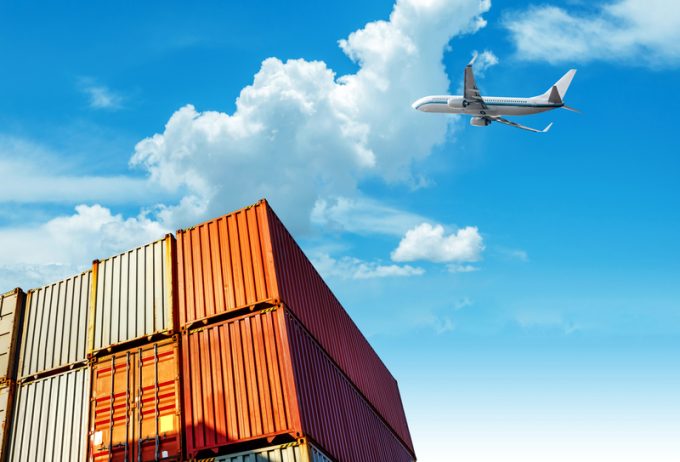Asia-USEC shippers to lose 42% capacity in a surge of blanked sailings
The eastbound transpacific trades are set to see a surge of blanked sailings over the ...

People in my hometown of Madrid are currently lured into shops whose windows promise “discounts of up to 70%”.
But when they enter, they will likely find that the goods they want are only discounted at, perhaps, 25%. The key words in those promises are “up to” and, to a lesser degree, “70%”. The same is often true when airlines report the freight capacity of their new passenger flights.
The airline’s announcement will tell us that the aircraft operating the new route will ...
Ecommerce air traffic to US set to grind to a halt as de minimis exemption ends
Maersk u-turn as port congestion increases across Northern Europe
Apple logistics chief Gal Dayan quits to join forwarding group
Widespread blanked sailings stave off major collapse of transpacific rates
Transpac rates hold firm as capacity is diverted to Asia-Europe lanes
Airlines slash freighter capacity post-de minimis, but 'the worst is yet to come'
Houthis tell Trump they will end attacks on Red Sea shipping
MSC revamps east-west network as alliance strategies on blanking vary
India-Pakistan 'tit-for-tat' cargo ban sparks sudden supply chain shocks
Gemini Cooperation carriers steam ahead of rivals in reliability stakes
Maersk Air Cargo sees volumes fall as it aims for 'margin in favour of revenue'
Containership charter market feels the ripples from trade tensions
Changing shipment origin won't wash: US CBP turns away whole truckloads
Expeditors reports healthy growth in a 'frenzied landscape of tariffs'
Tariff on imported products for drugs would be hard for US pharma to swallow
Atlas Air stays bullish on US change: 'we're flexible, we can fly to other markets'


Comment on this article
Ross Delaney
March 22, 2018 at 9:28 pmSmart consolidators & carriers have always understood that optimising yield is achieved by measuring and maximising revenue kgs, and measuring and minimising cost per revenue kg.
Whether it is by weight or cubic doesn’t matter when it is about both.
Jumping back and forward from dead weight to cubic based upon prevailing aircraft MTOW, range, and type, is sub-optimal in terms of achieving network & distribution channel optimisation.
Jonathan Holmes
February 12, 2019 at 7:08 amYou are a man after my own heart…
Volume load factor is seldom reported and weight load factor on passenger aircraft is highly speculative. Weight L/F is usually based on a standard payload value per aircraft (but in reality varies wildly by actual conditions). Volume/unit load factor is far more relevant and reliable.
In principle, carriers do not have control over market density. They can be selective, but then yields may suffer or gain depending on which direction they go. Smart carriers chase yield, developing carriers chase density and charge less per kg for it. The latter kills profitability.